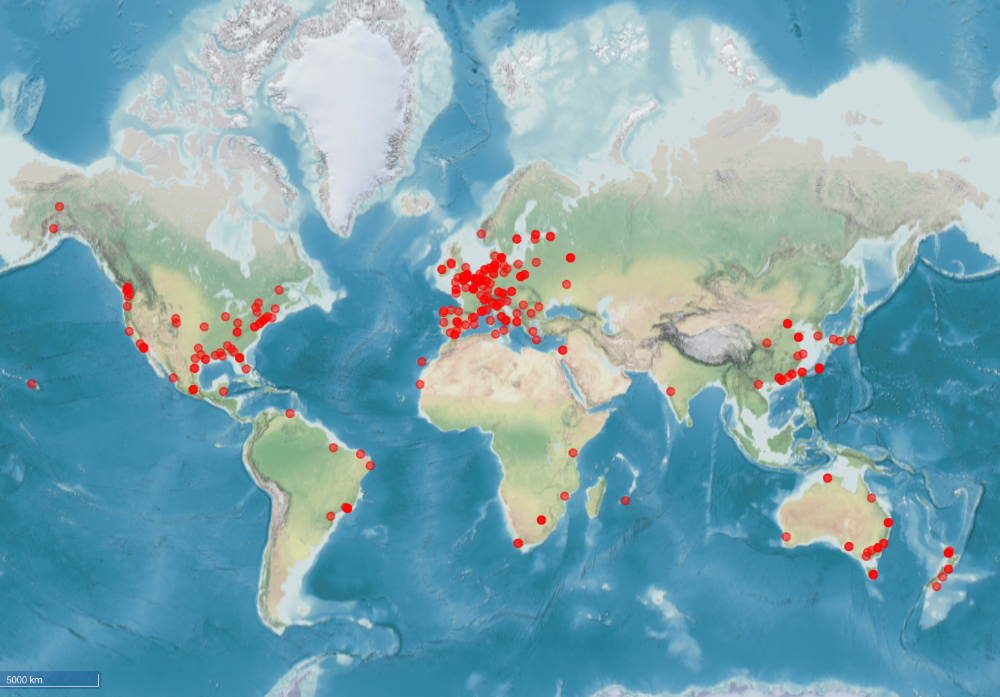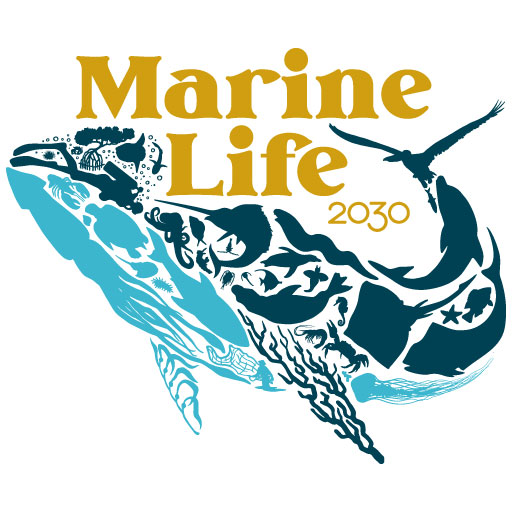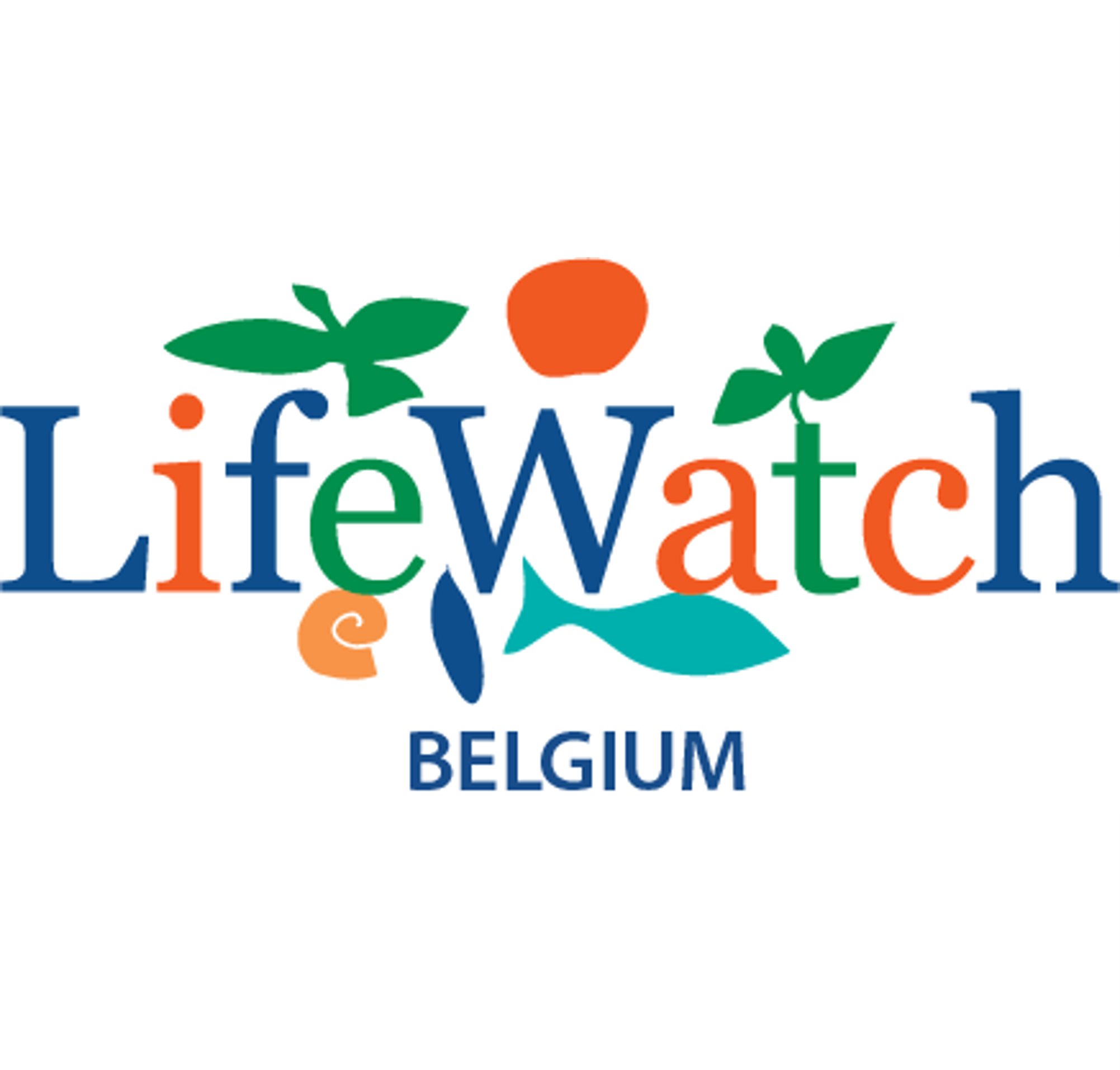You are here
WoRMS general growth: Editor activity and how this reflects in the content growth
Publication date: December 8th 2022

Thanks to the global coverage of the World Register of Marine Species (WoRMS), both content- and network-wise, it does not come as a surprise that we can observe more or less 24/7 activity by our editors. This is largely explained by the different time zones: it is not uncommon for messages to arrive during the night in Oostende (Belgium), home of the Data Management Team (DMT) and the well-known info@marinespecies.org address. Some editors seem to favour the graveyard shift to work on WoRMS, explained by them as the period where they can work peacefully and quietly on their favourite time-passing activity of making WoRMS more complete. And many of them also sacrifice weekend-time to online WoRMS editing and providing feedback to user and DMT questions.
The WoRMS Editorial Board currently (December 2022) consists of 312 members. Our WoRMS editors are located in 45 different countries and reside at 226 institutes. Quite logically, the majority of these countries have a coastline, although there are seemingly some exceptions to that situation, which mostly reflect editors working at a Natural History Museum or universities or institutes where they are involved in collection management.

Map: where our editors are located
When you dive a bit deeper into our editor overview page and play around with the search options, you will see that Aphia in fact has 607 editors (as of November 25th), which includes our WoRMS editors. Aphia is the platform and infrastructure behind WoRMS and its many related global, regional and thematic portals. Although the original goal of Aphia was marine-oriented, the system is also dealing with a lot of non-marine taxonomy as well, hence the large number of editors that have no immediate link with the marine environment. Many non-marine taxa are being added as a logical extension of the marine species registers, where certain groups cover both marine and non-marine environments, (e.g. Global Species Databases on Tardigrada, Isopoda, Amphipoda, Mollusca, …) and it just makes more sense to the responsible editors to use a single system for their marine and non-marine taxa, instead of having to look out for an alternative system to manage their non-marine taxa.
General database growth
The content of the database is growing steadily, thanks to the many voluntary efforts of our editors, making on average 391 edits per day (throughout 2021).
Next to daily online edits being done by the editor community, the Data Management Team sometimes boosts the number of edits by performing requested bulk uploads. In these uploads, a large amount of information is added in a single action. Through a bulk upload, the DMT directly assists the editors in their editing tasks and this avoids editors having to perform a lot of single editing actions. This can however only be done if the information is already available in a well-structured format, which is manageable by the DMT for quick upload.
The graph below nicely illustrates the steady growth of all the information within WoRMS. Each module displays a more or less continuous growth over time. Although perhaps not fully clear from the graph, not all of the modules were there from the very start. This has been a development process within the Aphia system and runs in parallel with the needs of the scientific community and the projects that fund the development and continuation of WoRMS. Capturing and documenting the taxon information has of course been ongoing since the very start, together with the possibility to document sources and notes. At that time, notes allowed the documentation of all information deemed relevant for a taxon as free text. As the notes were growing out of proportion, and the fact that free text fields pose challenges to search them in a structured way, additional modules were introduced. This is how the modules specimen information, vernaculars and distributions came into existence. The most recent addition to Aphia is the possibility to document attributes or traits information in a structured way through a dedicated ‘Attributes’ section, which was introduced in 2013. The only ‘trait’ exception is information on feeding type. This was already part of the database since 2008 as separate information, inherited from a pre-existing data system, and was formally moved to the new Attributes section in 2013.
Database growth of WoRMS
Literature-based distribution information
From the graph, it is quite obvious that WoRMS contains a tremendous amount of distribution information. On average, each accepted taxon has three distributions linked to it, which are mostly documented on a species level. There are of course species on both ends of this average, ranging from no distributions at all, to species with over 300 documented distributions. The ‘king of distributions’ at this moment being the parasitic trematode Derogenes varicus with 397 distributions.
In the background of WoRMS, each distribution is linked to Marine Regions, a standard list of marine georeferenced place names and areas. As Marine Regions contains shapefiles, the WoRMS interface can display maps with the documented distribution of each species. In addition, the documented point location distributions from the Ocean Biodiversity Information System (OBIS) are also linked to WoRMS, allowing the display of a map with both the WoRMS and OBIS distributions under the WoRMS Distributions tab. Users can play with the display settings, where - to some extent - the combination of OBIS and WoRMS information allows an evaluation of the possible completeness of WoRMS and OBIS, and possible errors in documented distributions and point locations.
Currently under development by the Data Management Team is the virtual merging and visualisation of distribution information from several sources as standardised polygons (IHO, EEZ). This will include distributions from Aphia and occurrences from OBIS, GBIF and iDigBio, the latter three all containing observation data from several resources, including scientists and citizen scientists. The combined visualisation of these four sources will provide a more complete representation of distribution information in WoRMS, as well as being useful for quality control purposes. The release of this visualisation is planned for the first half of 2023.
Species traits
Since 2013, the Aphia database can also hold trait information, alternatively referred to as attributes. Traits not only relate to the morphology of species, e.g. information on their body size, but also relate to ecology, in the form of e.g. the feeding type of a species or how they relate to society. As many traits exist and have relevance for several branches in marine research, the possibilities are seemingly endless. However, introducing a new trait into the database is done with great consideration, aiming to allow global employability in its approach and definitions throughout the whole taxonomic tree. In the near future, the Data Management Team will launch a new traits portal, allowing users to search the available traits in Aphia in several combinations.
Contact
WoRMS Data Management Team - info@marinespecies.org
Acknowledgements:
This celebration and series of news messages initiated by the Data Management Team (DMT) would not have been possible without the collaboration of the WoRMS Steering Committee (SC) & voluntary contributions by many of the WoRMS editors.
The work of the DMT and many WoRMS-DMT-related activities are supported by LifeWatch Belgium, part of the E-Science European LifeWatch Infrastructure for Biodiversity and Ecosystem Research. LifeWatch is a distributed virtual laboratory, which is used for different aspects of biodiversity research. The Species Information Backbone of LifeWatch aims at bringing together taxonomic and species-related data and at filling the gaps in our knowledge. In addition, it gives support to taxonomic experts by providing them logistic and financial support for the organization of meetings and workshops related to expanding the content and enhancing the quality of taxonomic databases.
WoRMS – as ABC WoRMS – is an endorsed action under the UN Ocean Decade.





